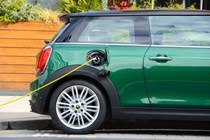With the variety of powertrains now available in cars, comparing running costs for a new vehicle can be challenging. Miles per gallon (MPG) is a well-established efficiency metric for petrol and diesel cars, making it straightforward to estimate fuel costs. However, there’s no direct way to equate MPG with an electric car‘s range and miles-per-kilowatt-hour efficiency. This is where Parkers’ miles per pound figures come in handy.
Miles per pound (MPP) offers a straightforward way to directly compare the running costs of any car, whether it’s petrol, diesel, hybrid, plug-in hybrid, or battery electric. Only at Parkers will you find these figures, showing you how far a car can travel for each pound you spend.
In this guide, we’ll explain everything you need to know about miles per pound including how we calculate the figures and how you can use them to find the car that’ll be friendliest to your wallet.
Why miles per pound?
Parkers devised the MPP figure to simplify understanding the running costs of electric vehicles (EVs). Beyond their range and charging times, there is little consistency in how carmakers specify the energy consumption of their EVs.
EV manufacturers publish a variety of energy consumption figures such as miles per kilowatt hour (mpkWh) and kilowatt hours per 100 kilometres (kWh/100km). To add to the confusion, there’s no easy way of comparing an EV’s efficiency with a petrol or diesel car’s miles per gallon fuel economy numbers.

MPP takes away that confusion. It tells you how much it can cost to do any given journey in the car you already own or are thinking about buying. That way, you can work out how much an EV is likely to cost you to charge at home or how much you may spend on fuel, and you can directly compare the running costs of cars with different sorts of powertrains.
Where can I find miles per pound figures?
You’ll find the MPP figures for each car in its Parkers review. In the Ownership Cost section, we present the range of MPP figures for each type for powertrain that car is available with. In the case of the Nissan Qashqai, for instance, you’ll see the MPP figures for models with petrol engines and those with hybrid powertrains.
Click on the Specs tab at the top of the page and you’ll be able to find the MPP figures for each individual model of that car.
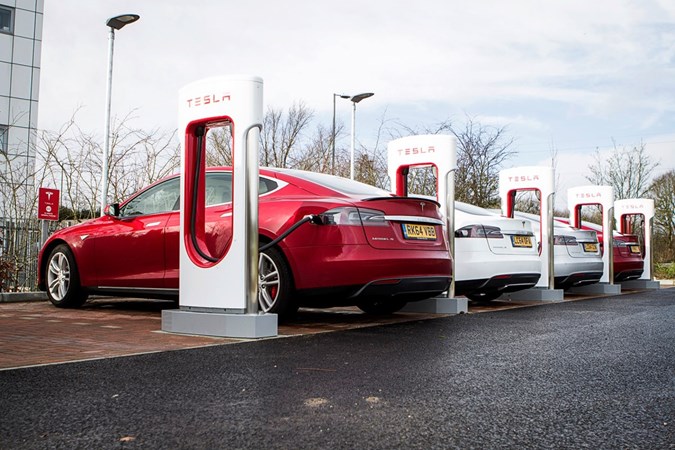
Note that we only provide MPP figures for cars sold in the UK since 2017 that WLTP fuel economy figures are available for.
How are miles per pound figures calculated?
We use complex formulas to calculate MPP figures. For EVs, we feed in whatever energy consumption figures the manufacturer publishes and the cost per kilowatt hour of electricity on a typical UK domestic tariff for charging at home. We also provide the MPP figures for using public chargers, with data drawn from various providers, to reflect the difference in cost between charging at home and during a journey.
For petrol and diesel cars, we use the published WLTP fuel economy figures and the UK average price of petrol and diesel. Those prices come from the AA Fuel Price Report, which is updated weekly. For plug-in hybrids, we use fuel prices and the car’s fuel economy figures when the battery is empty.
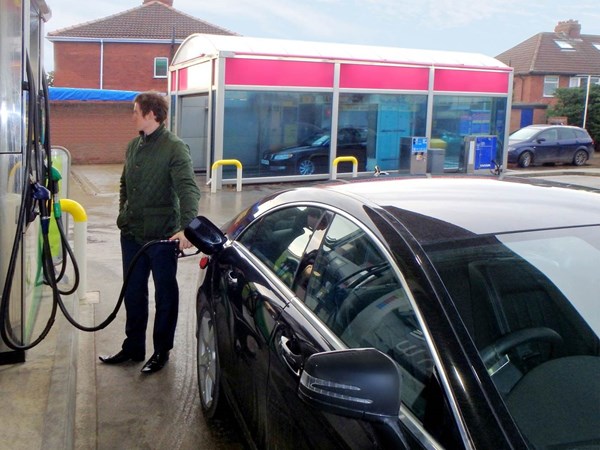
MPP figures are updated regularly and fluctuate up and down in line with changes in the cost of fuel and electricity.
How should I use miles per pound figures?
MPP figures should only be taken as a guide. Because we calculate them using average figures for a car’s fuel/energy efficiency, and for fuel and electricity costs, what a given car actually costs you to run could be higher or lower. It entirely depends on how efficiently you drive, the prices at the fuel or charging stations you use, and the cost of your domestic electricity tariff.
The main point of MPP figures is to give you a way of directly comparing the running costs of different cars, so you can see which of the ones you’re interested in are the most affordable to drive.
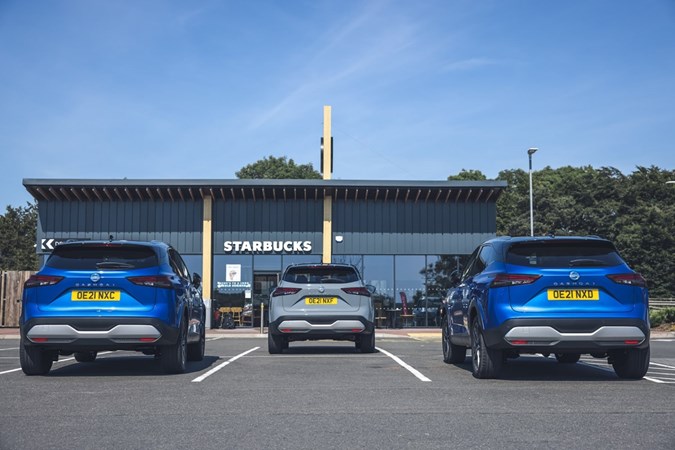
What miles per pound does a typical car achieve?
Below, we’ve listed the MPP figures achieved by some of the UK’s bestselling petrol cars and their battery-powered equivalents. You’ll see the kinds of figures that are possible and how easy it is to directly compare petrol and diesel cars with EVs.
Figures correct at the time of writing.
- Ford Puma: 6.6 – 7.7mpp
- Kia Sportage: 5.9 – 7.4mpp
- Vauxhall Corsa: 6.7 – 9.0mpp
- MINI Hatch: 5.0 – 7.7mpp
- Volkswagen Golf: 5.6 – 8.6mpp
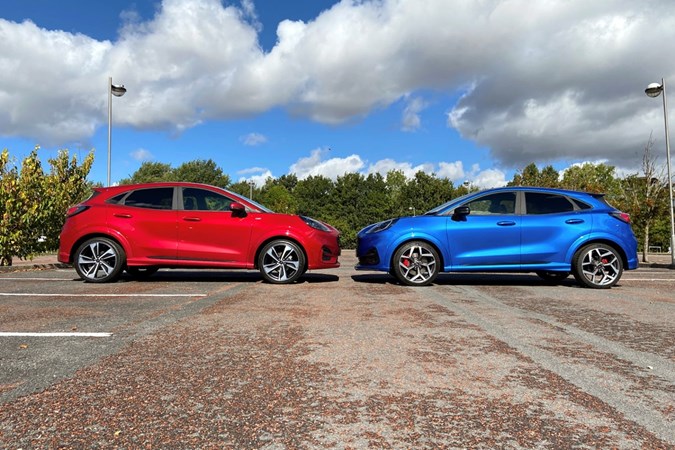
Now for the electric cars (home charging figures given):
- Peugeot e-2008: 10.0 – 12.9mpp
- Kia Niro EV: 11.2mpp
- Vauxhall Corsa-e: 10.9 – 11.2mpp
- MINI Electric: 11.5 – 12.1mpp
- Volkswagen ID.3: 12.1 – 13.2mpp
We think that miles per pound is a brilliant way of comparing different cars and serves as a valuable guide to the true cost of driving in the UK today. Remember that MPP figures are variable (unlike MPG), changing in line with fuel and electricity prices.
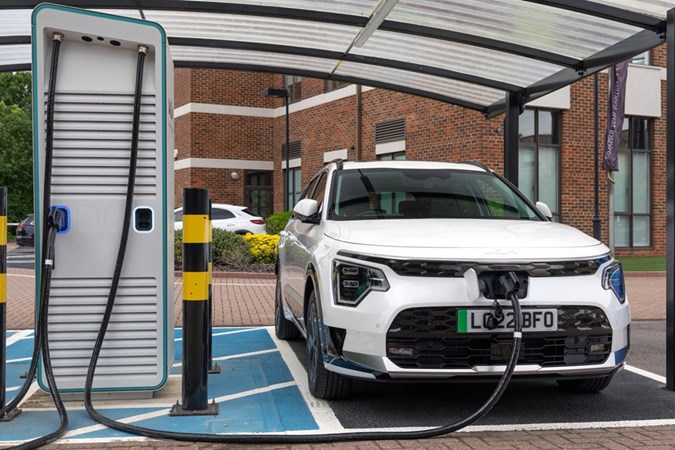
Please note: Miles per pound (MPP) is only available for cars sold in the UK from 2017 where WLTP fuel economy data is available. It should only be used as a guide and many other factors should also be considered when purchasing a vehicle. We do not make any warranties regarding the completeness, reliability and accuracy of this information and we will not be liable for any losses and damages in connection with the use of this information.










